Commentary: Donald Trump reverses course on a ceasefire in Ukraine. What can Europe expect now?
Published in Op Eds
If President Donald Trump’s summit with Russian President Vladimir Putin last week in Alaska was designed to bring some clarity to conflict-ending diplomacy, it failed. The talks generated more questions than answers, with the Russians insisting on a Ukrainian withdrawal from the Donbas region, Trump claiming that significant progress was made and Ukrainian President Volodymyr Zelenskyy reiterating that under no circumstances will Kyiv trade away territory for an unjust peace.
Trump’s subsequent meetings on Monday at the White House with Zelenskyy and several European leaders came at a critical time in a war deep into its fourth year. All the sides continue to stress the necessity of a peace agreement that ends the killing, provides Kyiv with security guarantees and ensures the Russians halt their actions. But there are considerable disagreements among these partners on what a final settlement would entail and whether it’s even possible to forge one with Putin, who remains as committed to subjugating Ukraine through force as he was when the war started in February 2022.
You can’t blame the Europeans and the Ukrainians for feeling whiplash. As Trump was flying into Alaska, he was threatening severe consequences if Putin didn’t play ball. Trump stressed that he wouldn’t be happy if he left the summit without an immediate ceasefire and that new sanctions may be necessary if the Russians were intransigent. And yet, after his discussions with Putin, he climbed aboard Air Force One essentially having changed his mind about how to go about striking a peace accord.
Trump took to social media Sunday and threw out the ceasefire idea, and he did so again during his news conference with Zelenskyy. Trump wrote that moving straight to a full, comprehensive peace accord between Kyiv and Moscow would be a better way to solve the problem than waiting for the combatants to stop firing. The Europeans were appalled, if only because this sounds awfully like Putin’s own position. Zelenskyy, meanwhile, continues to stress that his disputes with Russia can’t be addressed without the guns falling silent first, which is something Putin is never going to agree to given the territorial gains the Russian army has made over the last two weeks.
Trump has reportedly changed his tune on another key element of the conflict: whether to gift Ukraine security guarantees from the U.S. Until this weekend, the Trump administration was adamant that Washington will not support Ukraine entering NATO, nor will it provide Ukraine with a NATO-like security mechanism. This was the correct policy: As much as the war in Ukraine is a humanitarian tragedy and a 21st century land grab, the country itself is not so important to U.S. national security interests as to warrant a direct conflict between the United States and Russia, the world’s two largest nuclear powers. Even Joe Biden, the quintessential transatlanticist, wasn’t willing to run the risk of going to war with Russia to defend Ukraine.
And yet on this issue, Trump might have flipped the script. Secretary of State Marco Rubio and peace envoy Steve Witkoff were on the Sunday news shows claiming that Washington was now committed to Ukraine’s security over the long term. “We will give them very good protection and very good security,” Trump told reporters as Zelenskyy was seated beside him. The Europeans, which have spent months trying to drag the Trump administration into its reassurance force in Ukraine, were thrilled.
But the term “security guarantee” is a loose one, particularly when Trump is the one using it. Different actors have different interpretations. The Europeans and Ukraine are maximalist in their interpretation: The United States has agreed that Ukraine is a NATO member in all but name and will back up the European troops stationed on Ukrainian soil if Putin resumes the war. Trump may have an altogether different view. Based on his understandable inclination to reduce U.S. security burdens around the world, it’s hard to imagine he would be fine with signing up to an arrangement that effectively brings Ukraine underneath the U.S. security umbrella. And let’s face it: Knowing what we know about Trump’s rhetorical shifts, would Putin even view such a U.S. security commitment as credible in the first place?
The allies are also divided about territorial concessions. For any peace settlement to stick for longer than five minutes, the Ukrainians will have to give away a portion of the land the Russian army already occupies. This will be incredibly difficult politically for Zelenskyy and his government, and in a way, critics of such a concession aren’t wrong when they argue that allowing Russians to keep what they’ve stolen is nothing short of rewarding Putin for his aggression. Unfortunately, no matter how it’s spun, the Ukrainians don’t have the human power to recapture the roughly 20% of the country currently occupied by the Russian army. Even Zelenskyy recognizes this.
Rather, the disagreements rest on the extent of those territorial concessions. In Alaska, Putin gave Trump his outline of a peace plan, which required the Ukrainian army to withdraw from the Donbas in exchange for a freezing of the front line in Zaporizhzhia and Kherson. Trump hasn’t explicitly supported such a plan but in the past has at least been open about land swaps to end the war. Zelenskyy, for his part, refuses to pull all his forces from Donbas, arguing that doing so gives Putin territory he hasn’t been able to capture on the battlefield. The Europeans for their part are backing Zelenskyy and sticking with philosophical principles: Borders can’t be changed by force.
All of which is to say that Trump’s sojourn in Alaska is the beginning of a long, excruciating process whose success is unknown.
____
Daniel DePetris is a fellow at Defense Priorities and a foreign affairs columnist for the Chicago Tribune.
___
©2025 Chicago Tribune. Visit at chicagotribune.com. Distributed by Tribune Content Agency, LLC.
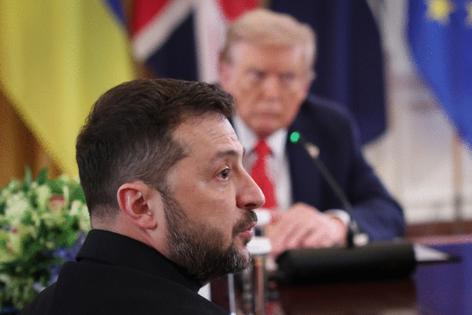















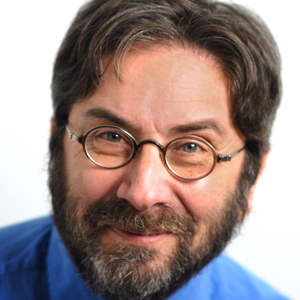
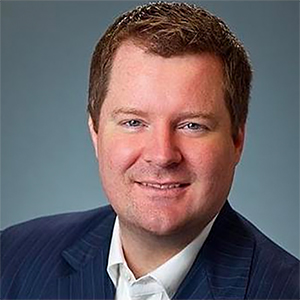

















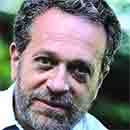







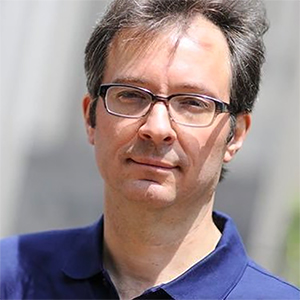










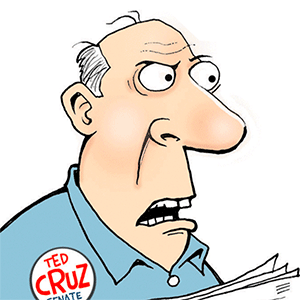
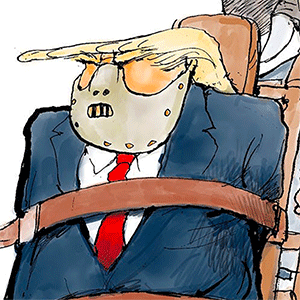
Comments